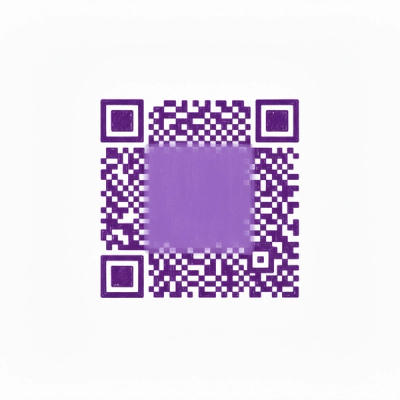
Research
Two Malicious Rust Crates Impersonate Popular Logger to Steal Wallet Keys
Socket uncovers malicious Rust crates impersonating fast_log to steal Solana and Ethereum wallet keys from source code.
@esri/calcite-components
Advanced tools
Calcite components, part of Esri's Calcite Design System, is a rich library of flexible, framework-agnostic web components for building applications. View the documentation for component descriptions, examples, and API reference, which includes properties, slots, styles, and theming.
The most common approach for loading Calcite components is to use the version hosted on the CDN. The components can be loaded via <script> and <link> tags in the head of your HTML document:
<script
type="module"
src="https://cdn.jsdelivr.net/npm/@esri/calcite-components@3.3.0/dist/calcite/calcite.esm.js"
></script>
Once these tags are added, components can be used like any other HTML element. Only components that are used in the application will be loaded.
Refer to the Get started page for details on setting up the NPM package.
Refer to the Framework integration resource page for guidance on setting up TypeScript.
 Chrome |  Firefox |  Safari |  Edge |
|---|---|---|---|
| Last 2 versions ✔ |
We welcome contributions to this project. See CONTRIBUTING.md for an overview of contribution guidelines.
COPYRIGHT © 2025 Esri
All rights reserved under the copyright laws of the United States and applicable international laws, treaties, and conventions.
This material is licensed for use under the Esri Master License Agreement (MLA), and is bound by the terms of that agreement. You may redistribute and use this code without modification, provided you adhere to the terms of the MLA and include this copyright notice.
See use restrictions at http://www.esri.com/legal/pdfs/mla_e204_e300/english
For additional information, refer to Calcite's licensing and contact: Environmental Systems Research Institute, Inc. Attn: Contracts and Legal Services Department 380 New York Street Redlands, California, USA 92373 USA
email: contracts@esri.com
FAQs
Web Components for Esri's Calcite Design System.
The npm package @esri/calcite-components receives a total of 109,995 weekly downloads. As such, @esri/calcite-components popularity was classified as popular.
We found that @esri/calcite-components demonstrated a healthy version release cadence and project activity because the last version was released less than a year ago. It has 45 open source maintainers collaborating on the project.
Did you know?

Socket for GitHub automatically highlights issues in each pull request and monitors the health of all your open source dependencies. Discover the contents of your packages and block harmful activity before you install or update your dependencies.

Research
Socket uncovers malicious Rust crates impersonating fast_log to steal Solana and Ethereum wallet keys from source code.

Research
A malicious package uses a QR code as steganography in an innovative technique.

Research
/Security News
Socket identified 80 fake candidates targeting engineering roles, including suspected North Korean operators, exposing the new reality of hiring as a security function.